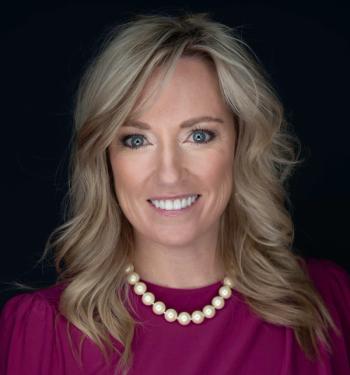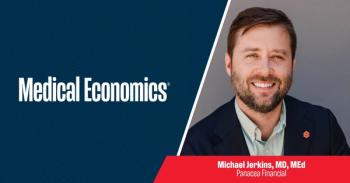
How to talk to older patients
Key Takeaways
- The aging U.S. population requires clinicians to adapt communication strategies due to cognitive changes, sensory impairments, and low health literacy.
- The Gerontological Society of America's guide offers evidence-based strategies to enhance clinician-patient interactions and improve health outcomes.
With the senior population growing, a new GSA guide urges clinicians to ditch the jargon and embrace empathy, clarity and patient-centered communication.
Clinicians are increasingly on the front lines of caring for an aging nation. Nearly one in six Americans are now over the age of 65, and more than 90% had at least one doctor visit in 2023, according to the
To help, the
“Effective communication improves understanding, adherence to treatment and overall patient satisfaction,” the report notes. Supported by the AARP, the report distills decades of health communication research into practical, actionable advice for clinicians.
From tone to teach-back: Key recommendations
The report outlines several specific strategies to improve communication with patients 65 and older. Among them:
- Use plain language: Avoid jargon and complex medical terms that may confuse or alienate patients with lower health literacy.
- Be mindful of sensory limitations: Large-print materials, good lighting and speaking clearly (not loudly) help patients with hearing or vision loss.
- Engage with empathy: Body language, tone of voice and eye contact matter. Sit at eye level, smile and avoid appearing rushed.
- Use open-ended questions: Rather than yes-or-no prompts, ask patients to describe symptoms or concerns in their own words.
- Employ the teach-back method: Ask patients to explain key information back to you to confirm their understanding.
For culturally sensitive care, the report encourages use of the LEARN model — Listen, Explain, Acknowledge, Recommend and Negotiate — to bridge gaps between clinician recommendations and patient beliefs.
Adapting to dementia and cognitive decline
The guide also addresses how to communicate effectively with patients experiencing memory loss or dementia. It urges clinicians to speak calmly, provide information in small chunks and involve caregivers without excluding the patient.
“Even as cognitive abilities change, people remain highly sensitive to tone. A calm, reassuring presence can reduce agitation and increase engagement,” the report says.
Maintaining patient autonomy is similarly emphasized, even when caregivers are present. Clinicians are encouraged to direct questions to the patient, verify information shared by others and use inclusive language to reinforce the patient’s agency in health care decisions.
Why it matters
The
Failing to adapt communication styles, the report argues, can lead to misunderstandings, poor adherence and worse health outcomes.
“People of all ages may have conditions that impede communication and health care providers may need to adapt their communication strategies to address individualized patient needs,” the GSA writes in the report. “Respectful, clear and empathetic communication that fosters trust, improves health outcomes and supports autonomy is important when interacting with older adults in health care settings to support quality of care.”
Newsletter
Stay informed and empowered with Medical Economics enewsletter, delivering expert insights, financial strategies, practice management tips and technology trends — tailored for today’s physicians.




